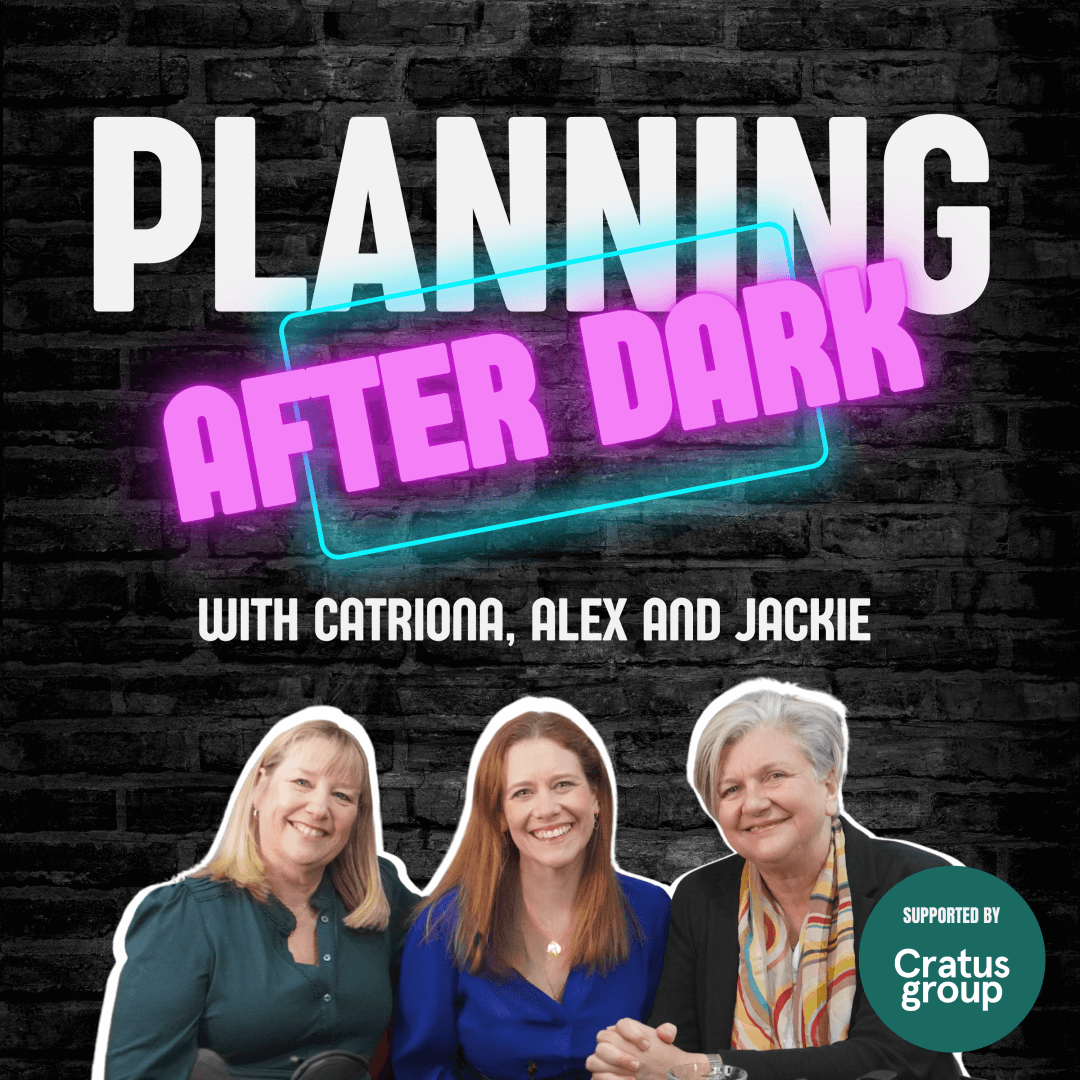Is the newsletter dead?
(spoiler: no)
At least once a month (usually on a Thursday when our newsletter goes out) someone in the Cratus office will ask the question.
“Does anyone actually read newsletters any more?”
It’s the same conversation in comms teams everywhere. Should we bother?! Is the newsletter still relevant?! Well, if you’re still reading, and you’ve got this far. You tell me..
And that’s it, isn’t it? It’s all about personal preferences. We’re all subscribed to more stuff than we remember clicking ‘I agree’ to. But do we read every article? No. Do we read the headlines? Mostly. Do we unsubscribe? Sometimes. It’s about connecting with your audience. And you know what? That’s hard!
Format, variety and informative headlines
I think that the difference between a newsletter that gets unsubscribed and one that earns attention is a combination of variety and relevance. I don’t think we can expect people to read every part of a newsletter. I know that personally I skim the headlines and only click through if there’s something that particularly catches my attention. But for me, most of the time, the headlines are enough for me to know what information is out there and to come back to it if I need more detail later.
It’s like the opposite of clickbait: give enough information in your headlines to be useful.
Format is also key. If your audience prefers email, they will open it. If they like WhatsApp updates, they will check those instead. If they still rely on printed bulletins in a break room, that can be the most effective option of all.
Think of it as a drumbeat, not a megaphone
The most effective newsletters don’t try to shout. Instead, they offer a regular rhythm that people come to rely on. They share progress, highlight important updates and help keep everyone heading in the same direction.
They don’t need to replace tools like Slack, Teams or town halls. They can sit alongside them. When messages are coming from all directions, a well-structured newsletter with good headlines can act as a filter, showing what’s worth taking time to read.
Relevance over volume
Many of us have seen newsletters that are long, formal and packed with buried updates. Often, the most effective approach is to keep things short, visual and focused.
Good newsletters use plain language. They prioritise what the reader needs to know. When that happens, they feel more like common sense than corporate routine.
Use data to guide you
Today, we have more data than ever before. We can measure:
- Open rates and click-throughs
- How long people spend reading
- When and where they engage
And once we have that information, we can do more of what works and less of what doesn’t.
You can test, learn and improve:
- Which subject lines catch attention
- What content people actually value
- When they are most likely to read
This respects your audience’s time and helps you communicate with purpose.
Remember generational preferences
According to Zurich, Gen Z now represents a massive 27 per cent of the workforce, but many organisations still shape their communications around Gen X and Millennials.
If we are serious about staying relevant, we need to stay mindful and evolve with the times.
What does that look like in practice?
- Matching the channel to the audience. Gen X and Millennials often prefer email and intranet updates. Gen Z may engage more with Teams, Slack or video.
- Using analytics to understand what works.
- Testing and refining. Try different formats, measure the response and adapt.
Being flexible is not about removing channels that still work. It is about adding new approaches and fresh thinking, so you are not limited by habits formed years ago.
Use it as part of something bigger
A newsletter won’t do everything, but it can play a part in a broader plan. When it sits alongside other communications, it reinforces key messages, supports behaviour change and keeps progress visible.
It might follow a strategy session, highlight great work or remind people of the bigger picture. Whatever the purpose, it helps when it feels connected to the wider story.
Make it worth reading
So, is the newsletter dead? No.
But sending the same updates to everyone without thinking about their needs is certainly on the way out.
If you want your communications to work, start by understanding who you are speaking to, what matters to them and how they prefer to hear it. Keep your content varied, and don’t fall into the clickbait trap – it will turn off more audiences than it engages.
So. Did you read to the end? If you did, then have a think about which bits worked for you and use that insight if you’re planning a newsletter of your own.







